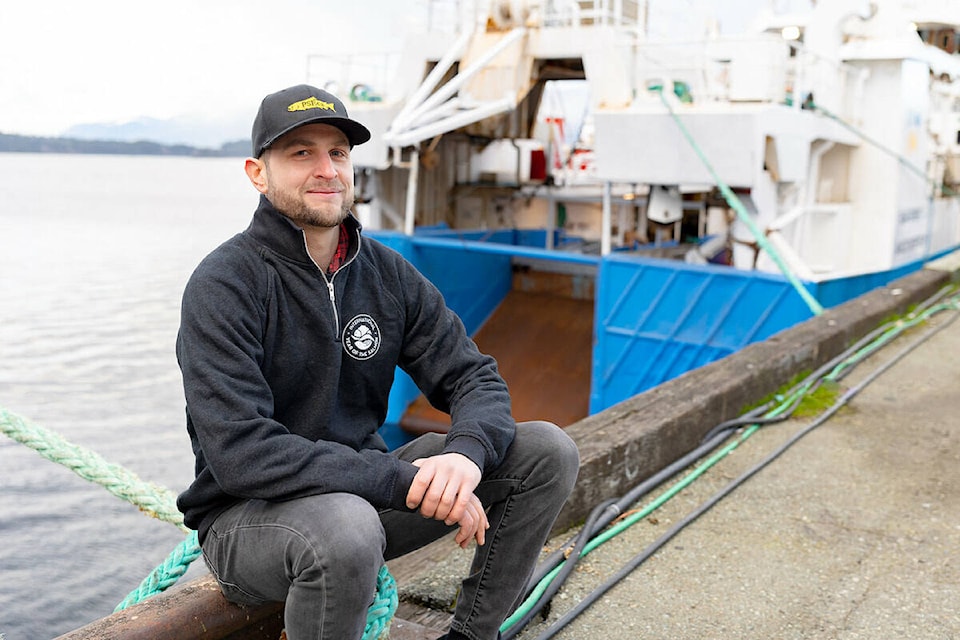New research shows that salmon scientists can now collect and analyze environmental DNA to better understand the ecosystem in which salmon navigate at sea.
Pacific salmon spend the bulk of their life in the open ocean, but there is not much known about the number of challenges to survival they face while navigating through the waters. A new study on eDNA shows the distribution of salmon and key organisms they share the seas with. These include their prey, predators and competitors.
Salmon survival is usually an uncommon research topic, due to the difficulties in collecting data on salmon. Studies done through the use of eDNA have now changed that.
READ MORE: Northern B.C. study using salmon DNA to count annual runs
“We were missing half of our data points with conventional gear, but with the eDNA, it sticks around long enough that we can detect them even during the day. And so, again, with the eDNA, we can fill these gaps that conventional surveys have in that kind of scenario,” said Christoph Deeg, a researcher with the Pacific Salmon Foundation’s Salmon Health team and lead author of the study.
Environmental DNA, also known as eDNA, is released from an organism into the environment through feces, mucous, gametes, shed skin, hair and carcasses. Because of this, scientists now use the cutting-edge technology to explain the challenges salmon face in the open water.
Before the use of eDNA, it was usually common to catch salmon at night using regular trawl nets. During the night, salmon come close to the surface, which is when the net is used to catch them. But during the day, they go down 400 meters to the deep ocean to hide from competitors. Now, it is easy to detect them at the same rates at both day and night.
“When we used conventional methods (trawl nets), we never caught salmon during the day. With eDNA, we can kind of fill these gaps that conventional surveys have in that kind of scenario,” Deeg said.
Technology for sampling eDNA is rapidly advancing. According to Deeg, they are now using robots that are small and efficient that are able to collect samples automatically and preserve them.
“Now the robots are at a size where we can actually put them onto gliders and other remotely operated vehicles so that in the future we won’t need to send a boat with a crew out there anymore. That is both super complex and takes a huge amount of money. With a glider it’s super cheap.”
A main issues that is being dealt with during the research process is contamination. The contamination comes from all kinds of sources, but it’s mostly associated with human activities. According to Deeg, he was able to detect species that are clearly not present in the ocean. Some of these species include cows and pigs.
eDNA is becoming an essential tool to explore salmon survival. It can be very challenging to catch salmon in the open water, especially in the winter. With eDNA you can almost always take a water sample, no matter how rough the sea is.
“eDNA is great because I get to see the entire ecosystem. Other researchers that work on plankton only see the plankton. Researchers that work on whales only see the whales. I get to see everything and how it fits together because of eDNA,” Deeg said.
